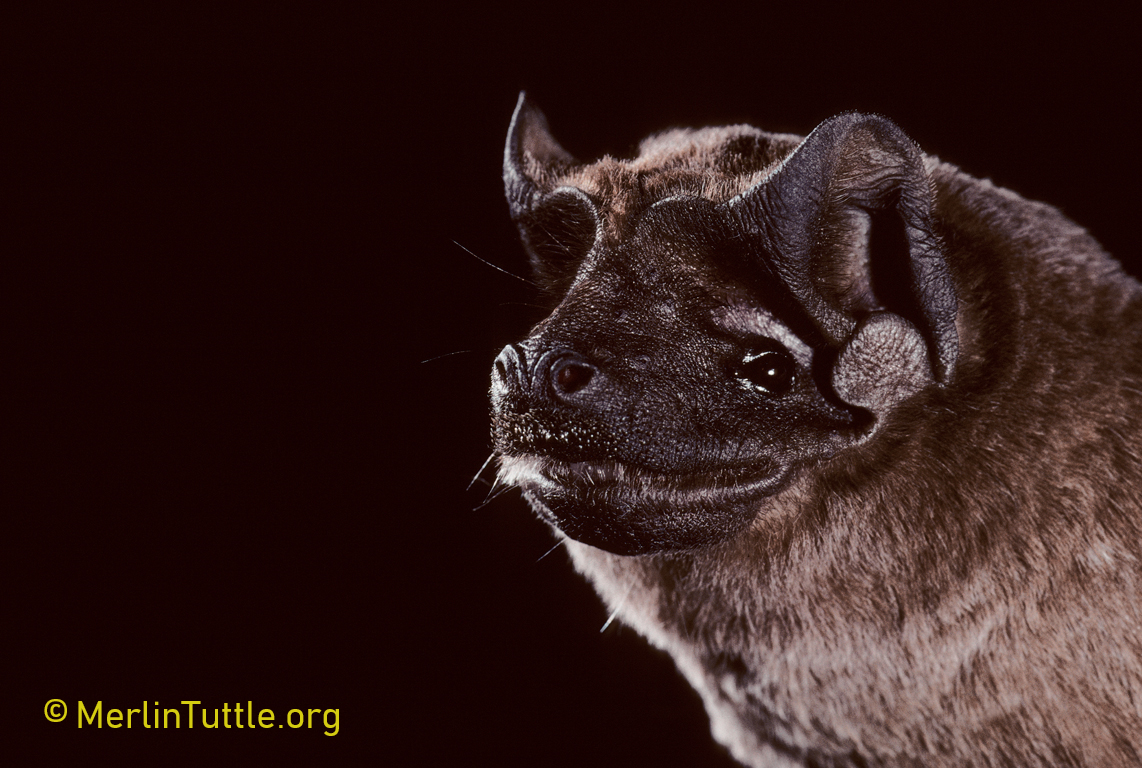Velvety free-tailed bat (Molossus molossus)
In Florida, velvety free-tailed bats live solely in the Florida Keys and roost in buildings.
They form fairly large colonies, with the largest in Florida containing ~1,300 individuals. Because they are so dependent on manmade structures, it is essential that exclusions are done properly, and bat houses should be put up as alternate roost options.
They form fairly large colonies, with the largest in Florida containing ~1,300 individuals. Because they are so dependent on manmade structures, it is essential that exclusions are done properly, and bat houses should be put up as alternate roost options.
At a glance:
Measurement |
Category |
Wingspan: 255 - 290 mm |
Family: Mollosidae |
Body Length: 59 - 65 mm |
Florida Occurrence: Resident |
Total Length: 93 - 100 mm |
Florida Status: Uncommon |
Forearm Length: 32 - 38 mm |
Roosting Behavior: Colonial |
Weight: 7 - 15 g |
Regional Classification: Tropical |
Bats of Florida
by Cynthia S. Marks and George E. Marks; Sep 26, 2006
by Cynthia S. Marks and George E. Marks; Sep 26, 2006

